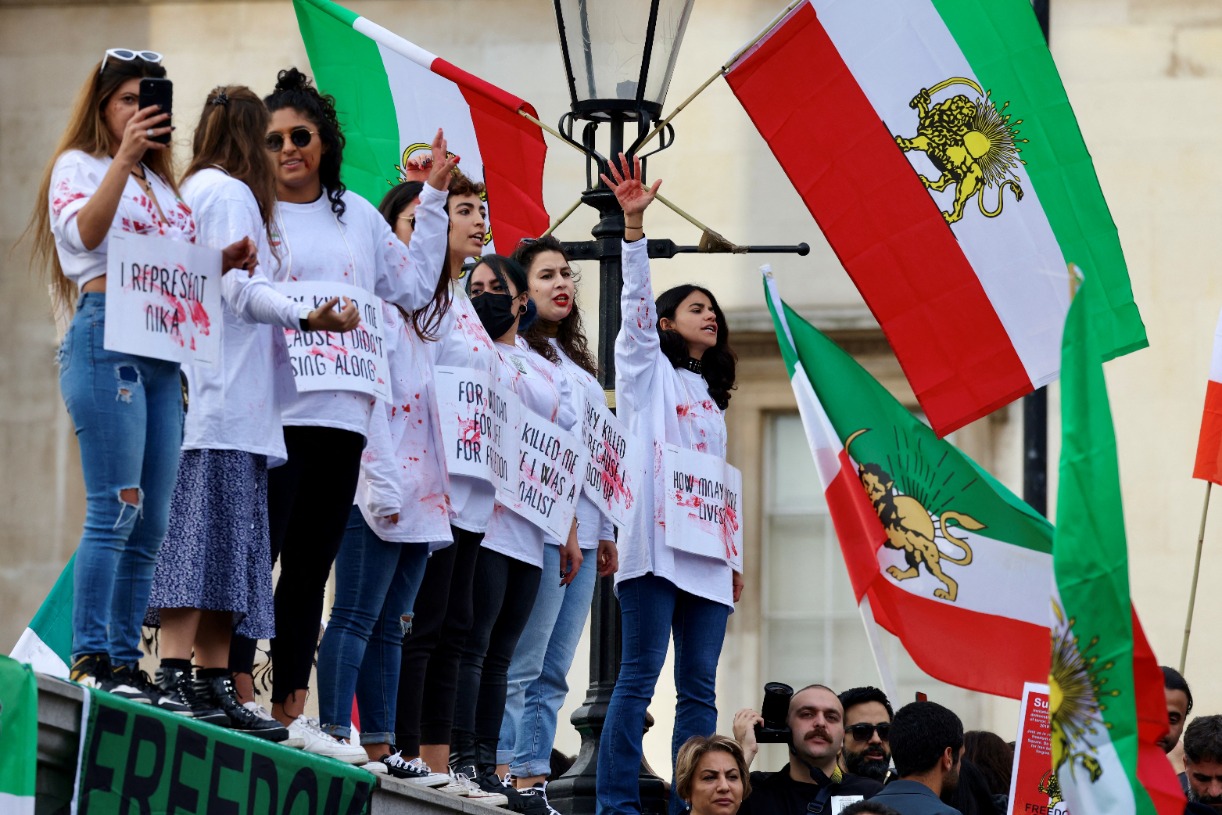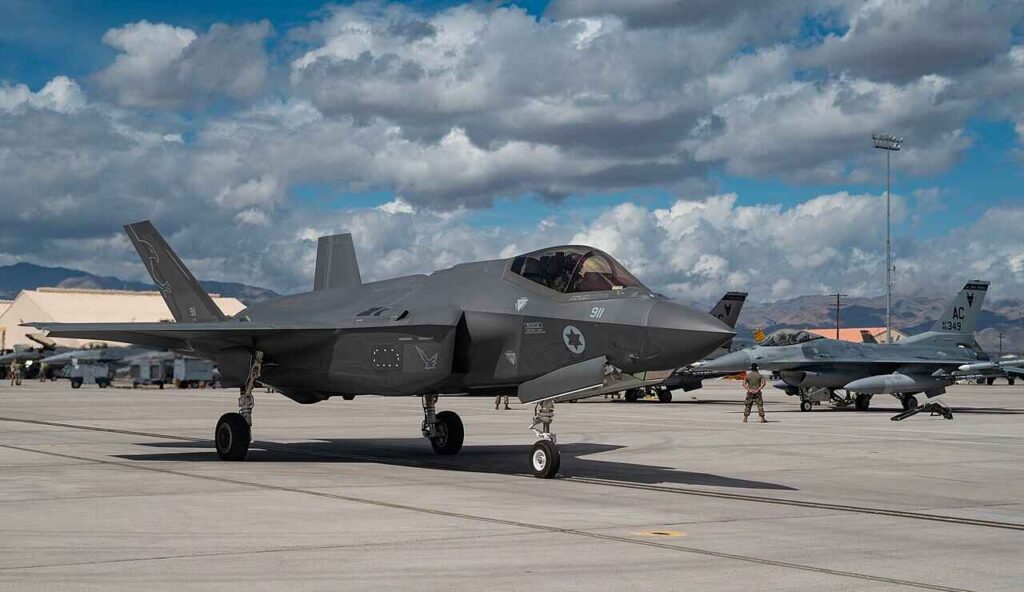
Iranian Security Forces and Protestors Clash at Mahsa Amini’s Memorial
Iranian security forces clashed with demonstrators in Iran’s northwestern Kurdistan province during a memorial service for Mahsa Amini, the twenty-two-year-old Kurdish woman whose death in police custody sparked the most severe anti-government protest movement the Islamic Republic has faced in more than a decade.
The clashes centered around Saqqez, Amini’s hometown, where mourners gathered to commemorate the fortieth day since her death. The state-aligned Iranian Students News Agency (ISNA) reported on Wednesday that a “limited number of those present” and the memorial had “clashed with police forces on the outskirts of Saqqez,” emphasizing that they were quickly dispersed.
The ISNA report noted that access to the internet across Kurdistan had been cut off after the protests “due to security considerations.” Iranian officials also ordered all schools and universities to close on Wednesday, citing an “increase in the spread of influenza,” according to Al Jazeera.
Despite the internet blackout, footage from the protests circulated widely on social media, showing large crowds of Iranians traveling to the Aychi cemetery in Saqqez, the site of Amini’s grave. The attendees appeared to number in the thousands, and many chanted protest slogans during the march.
Amini was initially arrested by Iran’s “Guidance Patrol” morality police on September 13 for failing to properly cover her hair, a crime under the country’s clerical law code. While in custody, she suffered a health incident and was transported to a hospital in Tehran, where she died on September 16. Iranian government officials have claimed that Amini suffered a heart attack during her detention and died of pre-existing conditions. However, Amini’s family and several eyewitnesses have claimed that she was severely beaten by the police during her arrest, leading to her death.
The protest movement began in Saqqez immediately after Amini’s death. Demonstrations have since spread to all of Iran’s major cities and have remained ongoing despite a restrictive government crackdown and recurring internet blackouts. Protests have also remained ongoing throughout Tehran and Iran’s universities, traditionally regarded as hotbeds for liberal dissent. Iranian security forces, including the Islamic Revolutionary Guard Corps’ (IRGC) Basij militia units, have continued to confront demonstrators. More than 230 people have reportedly been killed in the violence so far.
In Shi’a Islam, the fortieth day after a person’s funeral is known as Arbaeen or Chehellom and holds religious significance.
Trevor Filseth is a current and foreign affairs writer for the National Interest.
Image: Reuters.


